45 microns
and above coating thickness during galvanizing

1 large and 1 small baths
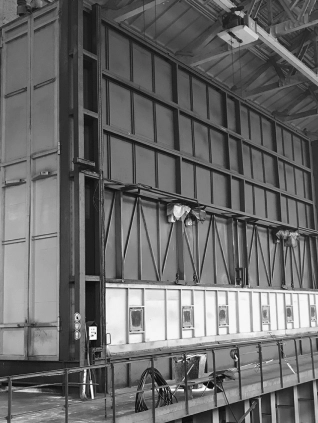
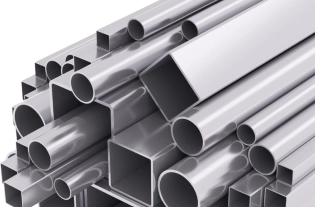
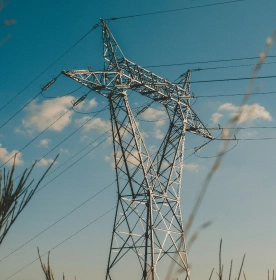

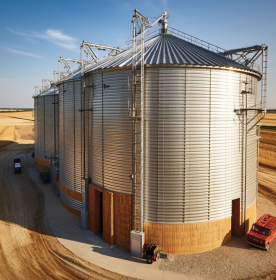
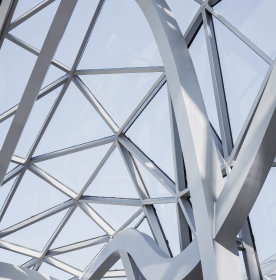



| Category | Typical levels of reactive elements, %. | Additional information | Typical characteristics of the coating |
| А | <0,03% Si і <0,02% P | See NOTE 1 and NOTE 4 | The coating has a shiny appearance with a fine texture. The coating structure contains an outer layer of zinc. |
| B | S 0,14% Si до <0,25% Si | Other elements can affect the reactivity of the steel. In particular, a phosphorus level of more than 0.035% results in increased reactivity. | The coating can have a shiny or matte appearance. The structure of the coating may include an outer layer of zinc or an iron-zinc alloy may reach the surface of the coating, depending on the composition of the steel. |
| C | від> 0,03% Si до <0,14% Si | Overly thick coatings may be formed. | The coating has a darker appearance with a coarse texture. Iron and zinc alloys predominate in the coating structure and often extend to the surface of the coating, which reduces resistance to handling damage. |
| D | > 0,25% Si | The thickness of the coating increases with increasing silicon content. | |
| NOTE 1 Steels with compositions satisfying the formulas Si < 0.03% and Si + 2.5P < 0.09% should also exhibit these characteristics. For cold-rolled steels, these characteristics are expected to be met if the steel composition satisfies the formula Si + 2.5P < 0.04%. NOTE 2: The presence of alloying elements (e.g., nickel or aluminum) in the zinc melt can significantly affect the coating characteristics listed in this table. This table does not provide appropriate guidance for high-temperature galvanizing (i.e., immersion in molten zinc at 530°C to 560°C). NOTE 3 The composition of the steel listed in this table will vary due to other factors (e.g. hot rolling) and the limits of each range will vary accordingly. NOTE 4 Steels with a composition of <0.01% silicon that also have an aluminum content >0.035% may exhibit lower reactivity, which may result in lower than expected coating thicknesses. These steels may have a reduced level of coating cohesion. NOTE 5 - The design of the galvanized product may also affect the performance of the coating. | |||